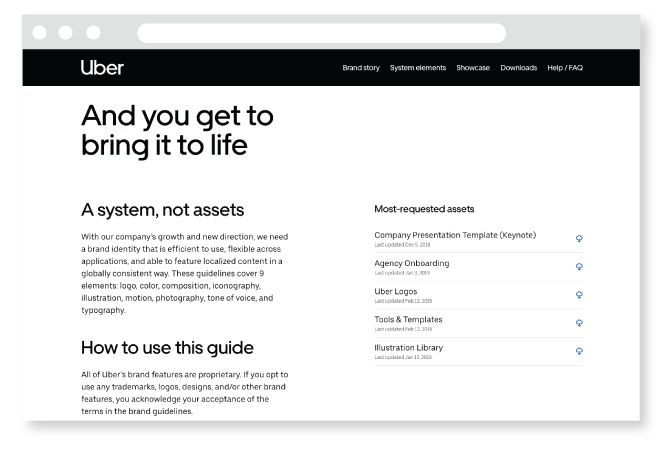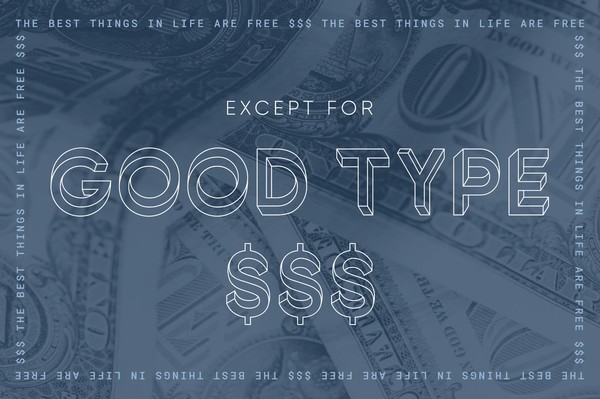The Importance of Brand Guidelines
By:
Ashley Trommler
on 7/14/2020
Brand Standards Manual, Brand Guidelines, Style Guide⦠whatever you want to call it, building a set of rules for your brand is crucial. I know, I know. Following the rules doesn’t sound very glamorous or creative. But by doing so, you are ensuring that the brand is consistent across the board. This is key for creating brand recognition, which every successful company has.
Brand guidelines vary in content, but for the most part, they contain these basic elements:
- Mission, vision & values
- Typography and type treatments
- Color Palettes
- Logo usage & variations
- Execution examples
It’s common to expand on them a bit more and include pieces such as brand personas, photography direction, video direction, mood boards, social guidelines, voice & tone, and other branded elements such as patterns, custom icons, etc. Now, how all these elements are decided is a subject for another blog post. But for the most part, they’re drawn from a ton of research and a series of branding workshops we run through with our clients.

Brand Guidelines for Treyton Oak Towers
These guidelines are not just for designers and vendors to use to confirm hex codes or typefaces. They are meant to be useful for anyone responsible for any type of brand expression. That includes the secretary greeting callers on the phone, the social media manager writing an Instagram caption, and the new business guy giving a 20-second elevator pitch.
At VIA, a well-designed brand guideline document is normally our very last deliverable in a branding project. When creating a brand from scratch, I personally love defining guidelines last because that way I’m not restricting myself before I begin the exploration phase. This gives me time to experiment with everything and truly find out what works, and what doesn’t.
Brand guidelines are meant to be a living, breathing document. They are never “complete” and should be flexible as a brand grows. Because of this, we’ve seen a trend in building digital brand guidelines rather than hard copies or PDFs. Although a nicely printed brand book looks pretty slick on your coffee table, a digital platform housing guidelines and assets has its perks: it’s easier to update, more accessible, cost-effective and always up-to-date. There are many digital guidelines out there, however one we always look to for inspiration is Uber. Not only does it contain everything you’d need to know, the guide itself stays true to the brand and it’s clean and easy to navigate.
During their 2018 rebrand, Uber developed a beautiful, digital brand guideline



Whether you have a complex, digital platform housing all of your brand assets and guidelines or you have a one-sheeter style guide, setting rules is important to any brand. If you have questions on how VIA can help you develop yours, reach out to us and let’s get to work!
Related Posts
The best things in life are free… Except for good type.
By: Mitch Wiesen on 5/17/2021
Why you should budget for typefaces in your next creative project.
Read More »Positioning Your Company for Differentiation
By:Jason Clark on 5/26/2022
A well-positioned company is not afraid of its competition because they understand what makes them unique in the market. Learn the top six ways to successfully position your company.
Read More »
